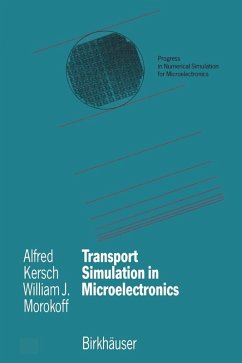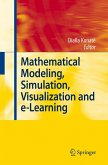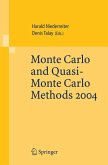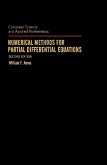Computer simulation of semiconductor processing equipment and devices requires the use of a wide variety of numerical methods. Of these methods, the Monte Carlo approach is perhaps most fundamentally suited to mod eling physical events occurring on microscopic scales which are intricately connected to the particle structure of nature. Here physical phenomena can be simulated by following simulation particles (such as electrons, molecules, photons, etc. ) through a statistical sampling of scattering events. Monte Carlo is, however, generally looked on as a last resort due to the extremely slow convergence of these methods. It is of interest, then, to examine when in microelectronics it is necessary to use Monte Carlo methods, how such methods may be improved, and what are the alternatives. This book ad dresses three general areas of simulation which frequently arise in semicon ductor modeling where Monte Carlo methods playa significant role. In the first chapter the basic mathematical theory of the Boltzmann equation for particle transport is presented. The following chapters are devoted to the modeling of the transport processes and the associated Monte Carlo meth ods. Specific examples of industrial applications illustrate the effectiveness and importance of these methods. Two of these areas concern simulation of physical particles which may be assigned a time dependent position and velocity. This includes the molecules of a dilute gas used in such processing equipment as chemi cal vapor decomposition reactors and sputtering reactors. We also consider charged particles moving within a semiconductor lattice.
Dieser Download kann aus rechtlichen Gründen nur mit Rechnungsadresse in A, B, BG, CY, CZ, D, DK, EW, E, FIN, F, GR, HR, H, IRL, I, LT, L, LR, M, NL, PL, P, R, S, SLO, SK ausgeliefert werden.









